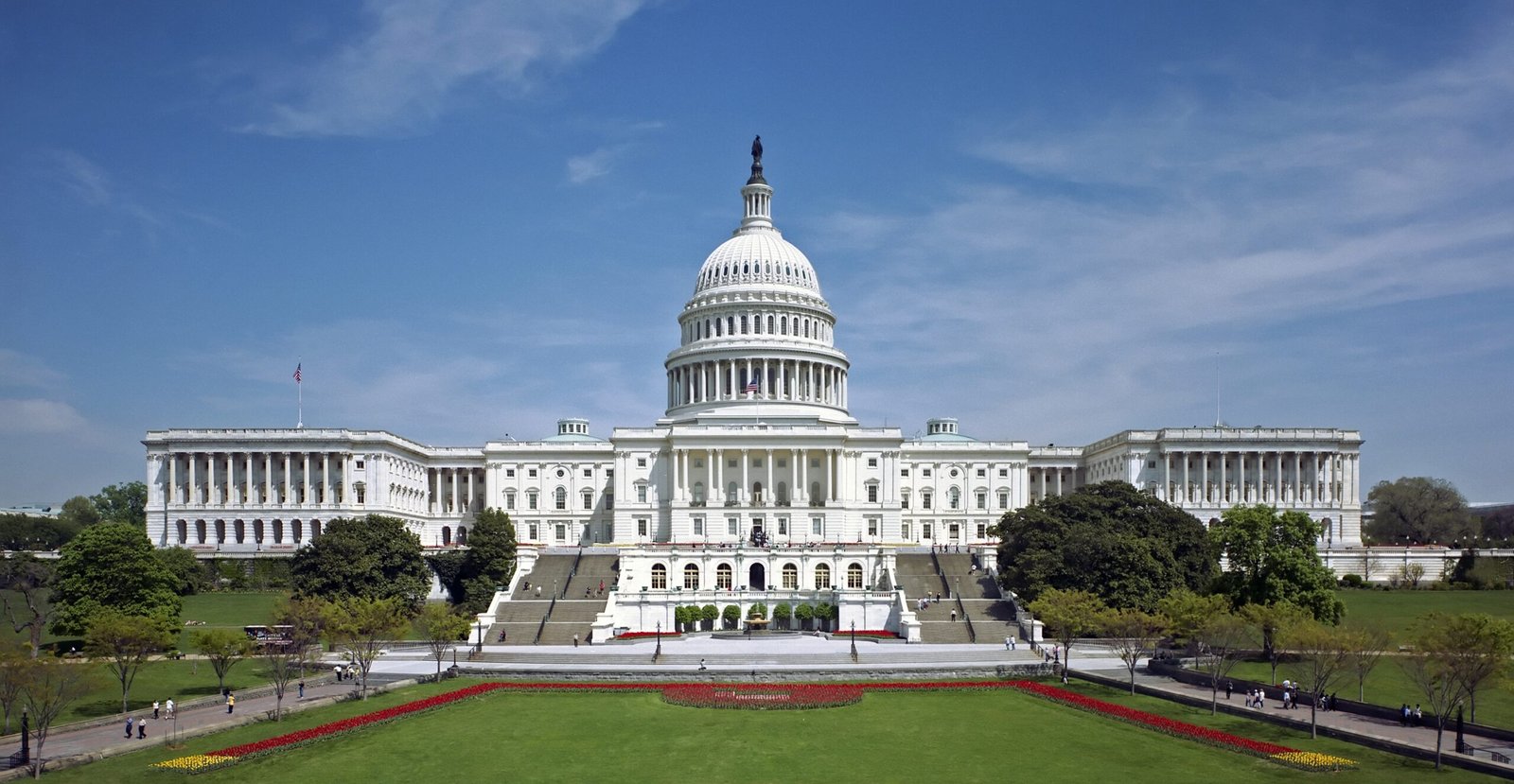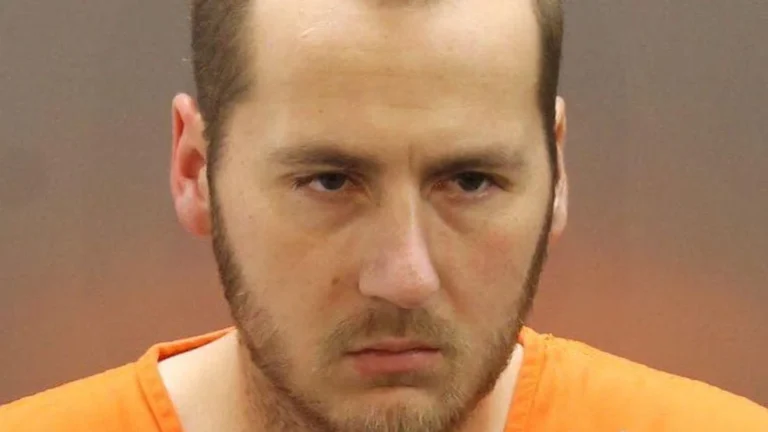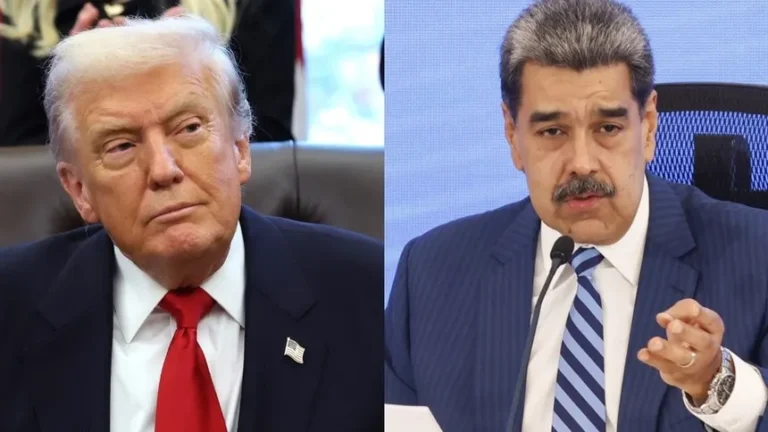
Washington Faces Another Budget Deadline
President Donald Trump met Monday with congressional leaders in an effort to prevent a federal government shutdown set to begin after midnight Tuesday if no short-term funding agreement is reached.
The meeting comes as disputes continue over whether health benefits linked to the Affordable Care Act should be tied to the spending extension. Democrats want to preserve tax credits that keep premiums lower for millions of Americans, while Republicans argue healthcare should be addressed separately from a stopgap spending measure.
Potential Shutdown Impact
If lawmakers fail to act, a wide range of services could be disrupted:
- Federal employees could be furloughed across agencies, from NASA to the National Park Service.
- Small business grants and loan programs may face delays.
- Some federal courts could close temporarily.
Only a limited number of agencies have published contingency plans in the event of a shutdown.
Core Issues in the Debate
The standoff centers on $1.7 trillion in discretionary spending, which funds agency operations and represents roughly one-quarter of the overall $7 trillion federal budget. Most of the remainder is dedicated to health and retirement programs along with interest payments on the national debt, which now exceeds $37 trillion.
The Republican-controlled House narrowly passed a temporary funding bill earlier this month, but it failed in the Senate, where bipartisan support is required.
Healthcare at the Center
Democratic leaders have stressed that without an extension, tax credits used by an estimated 24 million Americans could expire, raising costs as the November 1 enrollment period approaches. House Democratic Leader Hakeem Jeffries said higher costs for families would be unacceptable, calling for the credits to be made permanent.
Senate Republican Leader John Thune countered that Congress should first act on a short-term funding measure, warning against making lasting policy decisions during a shutdown deadline.
Shutdowns in Perspective
Since 1981, there have been 14 partial shutdowns, typically lasting only a few days. The longest, in 2018–2019 during Trump’s first term, lasted 35 days amid an immigration funding dispute.
This latest impasse reflects the recurring nature of Washington’s budget standoffs, though uncertainty has grown as the deadline approaches.
Related Coverage
- Idaho News – https://idahonews.co/idaho-news-3/
- National News – https://idahonews.co/national-news/





